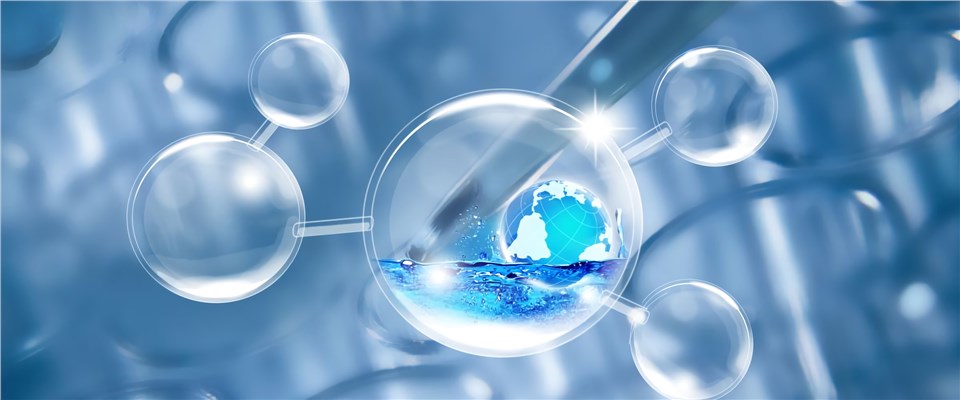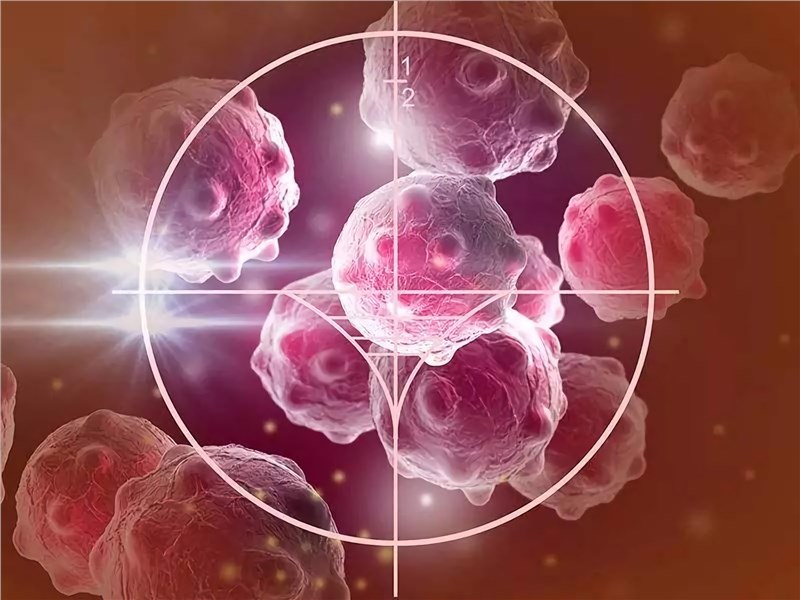Vaccine Mechanism of Oncolytic Virus Therapy
Cancer Vaccines
The tumor vaccine stimulates the body's immune system to produce a tumor-specific killing effect, which can avoid the toxic effects of chemotherapy drugs on the body's normal tissues and eliminate the local effects and temporary effects of surgical treatment. It has the characteristics of small adverse reactions, low toxicity and long-term effect. Existing tumor vaccines can be roughly divided into heterologous and autologous tumor vaccines according to the host source of the antigens they use.

Heterologous tumor vaccines include specific tumor cells and their proteins, peptides, naked DNA, recombinant viruses expressing tumor-associated antigens or tumor-specific antigens, etc.; autologous tumor vaccines include self-tumor cells and their proteins, virus-infected self-tumor cells, dendritic cells (DCs) and oncolytic viruses. Clinical trials show that the performance of autologous tumor vaccines is significantly better than heterologous tumor vaccines, and the most important reason is that heterologous tumor vaccines target a specific tumor-specific antigen or tumor-associated antigen. The antigen or DC of the oncogenic tumor vaccine originates from the patient itself, reflecting the personalized characteristics of the vaccine. Although personalized tumor vaccines have great advantages, most of the current self-sourced tumor vaccines are derived from patients' own tumor tissues or cells, which makes them have certain difficulties in terms of clinical operations, product costs, industrialization, product quality control.
Vaccine Mechanism Behind Oncolytic Virus Therapy
The general design of oncolytic viruses is to allow viruses to specifically proliferate and replicate in tumor cells and lyse the cells to achieve specific and direct killing of tumor cells. In theory, oncolytic viruses have the conditions that personalized vaccines should have:

- Through the oncolytic effect of the virus, a wealth of tumor antigens from the individual itself can be obtained, and is not limited by the subcellular localization of the antigen. In this regard, traditional vaccines require cell membrane proteins as antigen.
- Intratumoral injection of virus can produce a local infection response and recruit T cells.
- Loading immunoenhancing factors in oncolytic viruses can obtain high concentrations of local immune factors and enhance anti-tumor immune response.
- By modifying the oncolytic virus, the virus can selectively replicate in the tumor, thereby specifically lysing the tumor cells and directly exerting cytotoxic effects without harming normal tissues.
- Oncolytic viruses can be produced on a large scale with good quality control and stability.
Design Fundamental of Oncolytic Virus Vaccine
- Tumor selectivity is the prerequisite for oncolytic virus vaccines. The two main principles that should be followed to achieve selective replication of oncolytic viruses are: a) knocking out the key genes that regulate viral replication and replacing them with promoters that specifically express genes in tumor cells; b) based on the existence of the same transcriptional regulation mechanisms as viral replication and tumor cell transformation, knocking out genes required for viral replication in normal cells, thereby retaining their replication capacity in tumor cells.
- Loading immunomodulatory factors. The immunogenicity of tumor antigens is usually low, and the tumor immune microenvironment has a strong immunosuppressive effect, which can induce regulatory T cells to secrete IL-10, TGF-β and other immunosuppressive factors, so it is difficult to cause an effective anti-tumor immune response. Clinical trials have also confirmed that it is difficult to achieve long-term treatment with a design that only has an oncolytic effect, so it is necessary to load an oncolytic virus with molecules that enhance the anti-tumor effect. At present, the molecules loaded in oncolytic viruses mainly include immunostimulatory molecules, heat shock proteins and fusion membrane glycoproteins.
Based on our mature OncoVirapy™ platform and creative application of a variety of vaccine development strategies, Creative Biolabs can assist customers in developing a combination therapy based on oncolytic virus therapy and cancer vaccines.
